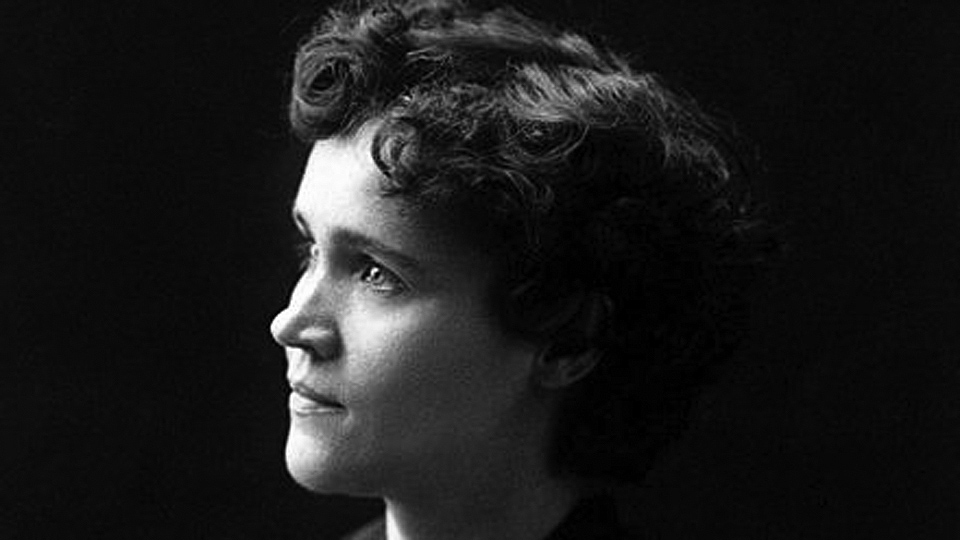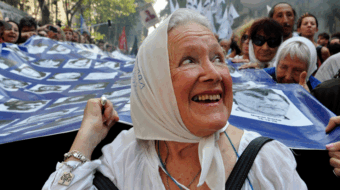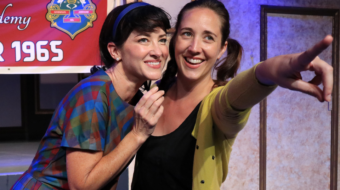
One of the most prolific anarchist writers of her time, Voltairine de Cleyre was born 150 years ago, on November 17, 1866 in Leslie, Michigan. Her father named her after the famed French Enlightenment author Voltaire.
De Cleyre was educated in a Catholic convent in Ontario, Canada, upon her father’s insistence that she become a nun. She remained there for more than three years, sometimes running away, always disobedient, and forever despairing that she had no means of permanent escape. When she emerged at age 19, she was a crusading atheist who believed religion was a repulsive and oppressive institution. Upon hearing a speech by Clarence Darrow, she decided that capitalism should be added to the litany of world evils. She was soon reading BenjaminTucker’s journal Liberty. Her commitment to anarchism was sealed by the Haymarket affair.
Through the years she moved from individualistic anarchism tinged with pacifism to the direct-acton approach of the Industrial Workers of the World (IWW). In addition to European influences, she posited American roots for her ideas in the work of Thoreau, Jefferson, Paine and Emerson. Whatever the momentary emphasis, she always directed her efforts to working-class audiences. She was enthusiastic about the educational ideas proposed by Francisco Ferrer and was among the first writers to argue that detective stories, sports writing, pornography, and even advertising could be regarded as literature in that they reflected the lives of common people. She frequently criticized anarchists such as Emma Goldman for being too elitist and directing their work to intellectuals and the middle class.
De Cleyre’s personal life was tragic. Most men were put off by her learning and her lack of physical beauty; and the one man she felt she loved died when she was only twenty-seven. She later had an affair that resulted in the birth of a son. When she refused to live with the child’s father, the baby was taken from her and she did not see her son again for 17 years. This harsh collision with sexist laws and culture reinforced a feminism that found expression in poetry, oratory, fiction and essays. A second tragedy took place in 1902, when she was shot by an opposing anarchist. Although she recovered, her always fragile health was shattered. Characteristically, she refused to press charges, stating her assailant should be sent to a mental facility, not a prison.
Her base of operations from 1889 to 1910 was Philadelphia, where she lived among poor Jewish immigrants. She taught English and music, and she learned Yiddish well enough to add the Fraye Arbeter Shtime (Free Workers’ Voice) to the many journals to which she contributed. As she grew closer to anarcho-syndicalism, she began to study Spanish in order to participate directly in the Mexican Revolution. Before she cold relocate to Mexico she became ill from septic meningitis and died in Chicago on June 12, 1912. She is interred near Emma Goldman, the Haymarket defendants, and other social activists at the Waldheim Cemetery (now Forest Home Cemetery), in Forest Park, a suburb west of Chicago.
De Cleyre’s work soon went out of print and she was rarely cited. More than 50 years passed before her writing enjoyed a revival in conjunction with the reemerging women’s movement. In many ways her chief work seemed to be the uncompromising manner in which she had led her life. A statement she made shortly before her death spoke directly to the new feminists: “I die, as I have lived, a free spirit, an Anarchist, owing no allegiance to rulers, heavenly or earthly.”
Dan Georgakas (born 1938) is an American anarchist poet and historian. This essay originally appeared in Encyclopedia of the American Left, 2nd ed. It has been slightly edited for publication in PW. Other sources include: Paul Avrich, An American Anarchist: The Life of Voltairine de Cleyre (1978); Franklin Rosemont, ed., Written in Red: Selected Poems of Voltairine de Cleyre (1990); and Alix Schulman, “Viewing Voltairine de Cleyre,” Women: A Journal of Liberation 2 (Fall 1970). Also see Wikipedia for more references to her work.










